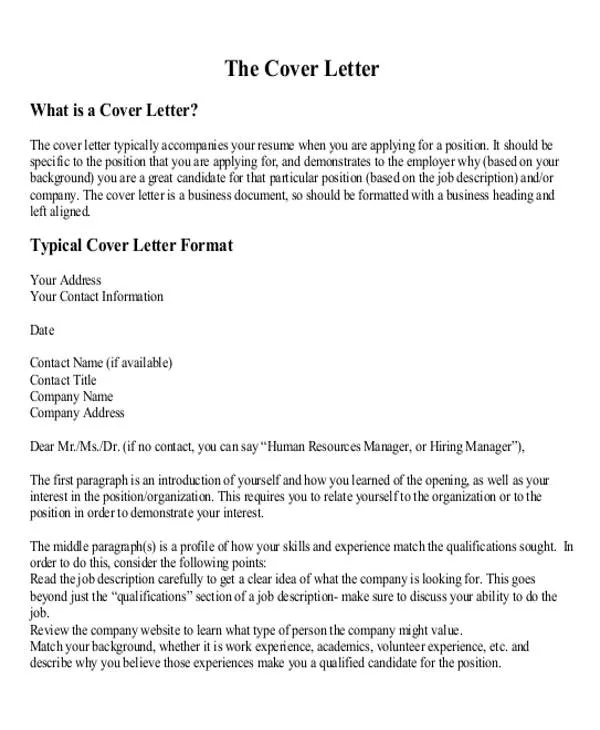Why Cover Letter Naming Matters
Your cover letter’s name is often the first impression you make on a potential employer. It’s a small detail, but it can significantly impact how your application is perceived. A well-named cover letter signals professionalism, attention to detail, and a proactive approach. Conversely, a poorly named file can lead to your application being overlooked or even rejected before it’s even read. Therefore, taking the time to choose an appropriate name is a crucial step in the job application process, setting the tone for the rest of your materials. Think of it as the digital equivalent of a firm handshake; it conveys confidence and competence from the outset.
First Impressions Count
In today’s competitive job market, every element of your application must work in your favor. A clear, concise, and informative cover letter name immediately tells the recipient what the document is and who it’s from. This ease of identification is vital for busy hiring managers who may be sifting through hundreds of applications. A name that’s easy to understand and find increases the likelihood that your cover letter will be opened and reviewed. A well-crafted cover letter name immediately tells the recipient what the document is and who it’s from. This initial positive impression builds credibility and encourages the reader to engage with your application further.
Applicant Tracking Systems (ATS)
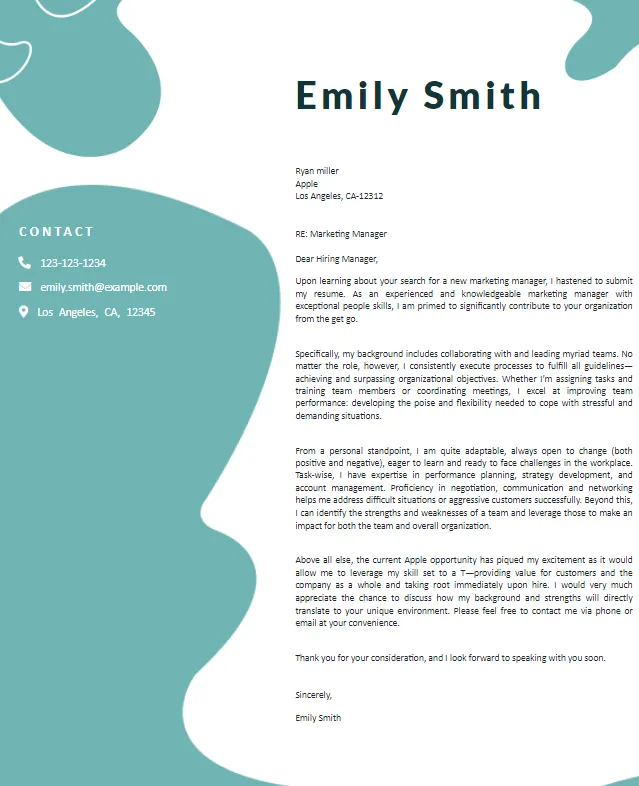
Many companies use Applicant Tracking Systems (ATS) to manage job applications. These systems scan resumes and cover letters for keywords and specific file naming conventions. If your cover letter name doesn’t adhere to the ATS’s requirements, your application may not be properly categorized or even indexed, potentially resulting in it being missed. Therefore, understanding how ATS systems work is important, and selecting a cover letter name that’s easily recognized by these systems can significantly boost your chances of success. Including your name and the job title is a common and effective strategy for ATS compatibility.
How to Choose the Right Name
Choosing the right name for your cover letter involves a strategic approach that balances clarity, professionalism, and ATS compatibility. The goal is to create a name that’s easily identifiable, informative, and compliant with the standards of both human readers and automated systems. Avoid using overly creative or ambiguous names that could confuse the recipient or the ATS. Instead, opt for a straightforward approach that includes essential information such as your name and the job title. This will not only help your application stand out, but will also showcase your attention to detail and organizational skills, qualities that are highly valued by employers.
Use Your Name
The most fundamental element of a cover letter name should always be your name. This instantly identifies the document as belonging to you, helping the hiring manager quickly associate the file with your application. Use your full name to ensure clarity and avoid any confusion, particularly if there are other applicants with similar names. It’s best practice to use the same name format as on your resume to maintain consistency throughout your application materials. For example, if your resume uses your full name, your cover letter name should also include your full name. This simplicity ensures your application is easily identifiable.
Include the Job Title
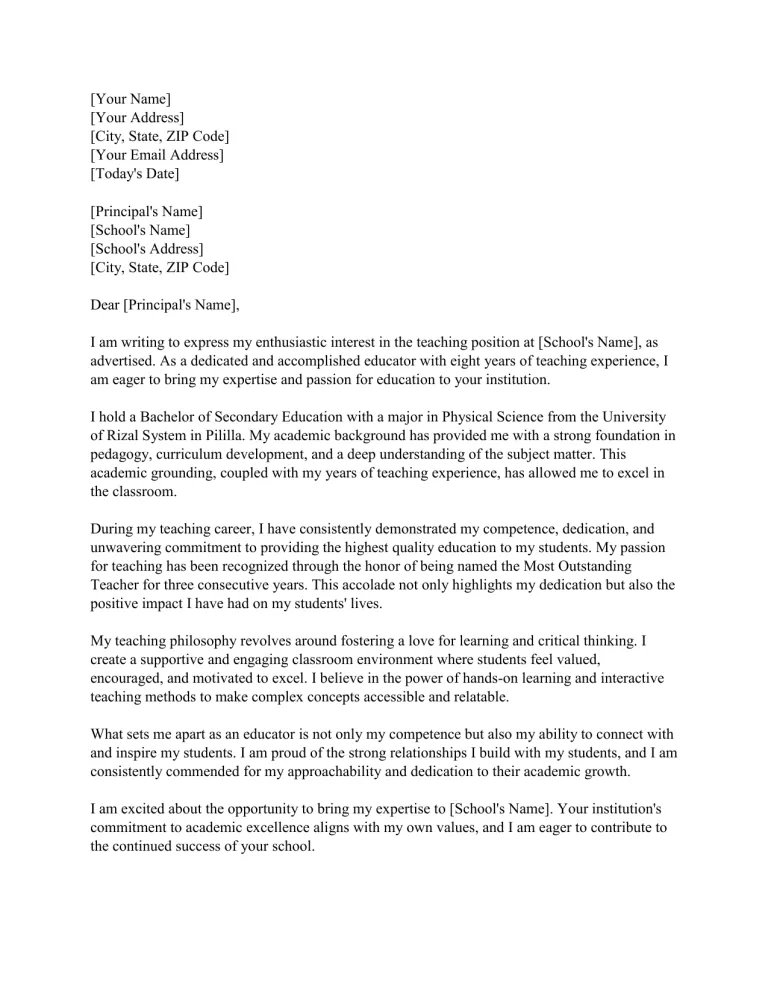
Including the job title in your cover letter name is a smart move. It provides immediate context about the position you’re applying for, making it easy for the hiring manager to organize and sort applications, especially when they’re managing multiple job openings simultaneously. This also helps ATS systems categorize your application correctly, ensuring that it is matched to the appropriate job listing. Always double-check the job title to make sure you’ve used the exact phrasing as it appears in the job posting. This attention to detail can showcase your diligence and organization skills. For instance, instead of naming your cover letter ‘Cover Letter’, consider something like ‘John Smith_Software Engineer’.
Date the Cover Letter
Adding the date to your cover letter name can be beneficial, particularly if you’re applying for multiple positions or submitting updated versions of your application materials. This allows the hiring manager to easily identify the most recent version of your cover letter, demonstrating that you’re submitting current information. The date format should be consistent and easy to understand. Consider using a format like ‘YYYY-MM-DD’ to ensure that it’s easily sortable and compatible with various systems. While including the date isn’t always necessary, it’s a simple way to add extra clarity and professionalism. For example, ‘Jane Doe_Cover Letter_2024-03-15’ shows how the date can easily be incorporated.
File Type Considerations
The file type of your cover letter also affects how it is received. The most common and recommended file format is PDF (.pdf) because it preserves the formatting of your document regardless of the recipient’s operating system or software. PDFs are also less prone to being altered or corrupted, ensuring that the hiring manager sees your cover letter exactly as you intended. While other formats such as .doc or .docx are acceptable, they can sometimes lead to formatting issues. To ensure your cover letter displays correctly, it’s best to save it as a PDF before sending it. This provides consistency and professionalism.
Naming Conventions to Avoid

While choosing a good name is important, knowing what to avoid is equally important. Certain naming conventions can undermine your efforts by confusing the recipient, tripping up ATS systems, or simply making a negative impression. Steering clear of these pitfalls is essential to ensuring your cover letter name works in your favor, making your application appear professional and polished. Pay close attention to detail, as even small errors can reflect poorly on your overall application. Avoiding these common mistakes is a critical step in crafting a successful cover letter.
Generic Names
Avoid using generic names such as ‘Cover Letter’, ‘Resume’, or ‘Document’. These names provide no specific information about you or the job you’re applying for, which makes it difficult for the hiring manager to identify your application quickly. Such names are likely to be overlooked in a stack of other applications. If an ATS is used, these generic names may also cause your application to be misfiled. Instead, be specific and descriptive. Adding your name and the job title helps your application stand out from the crowd. Take the initiative to create a name that clearly identifies you and the position you’re pursuing.
Typos and Errors
Typos and errors in your cover letter name demonstrate a lack of attention to detail, which is a red flag for potential employers. Always double-check the name for any spelling mistakes or grammatical errors before submitting your application. Pay attention to details, especially the job title and the name of the company if it is included. Even a small error can create a negative first impression and make it seem like you’re not serious about the opportunity. Proofreading is essential, so take the time to review your cover letter’s name carefully. It’s always a good practice to have someone else proofread it for you, too, to catch any mistakes you might have missed.
Inconsistent Formatting
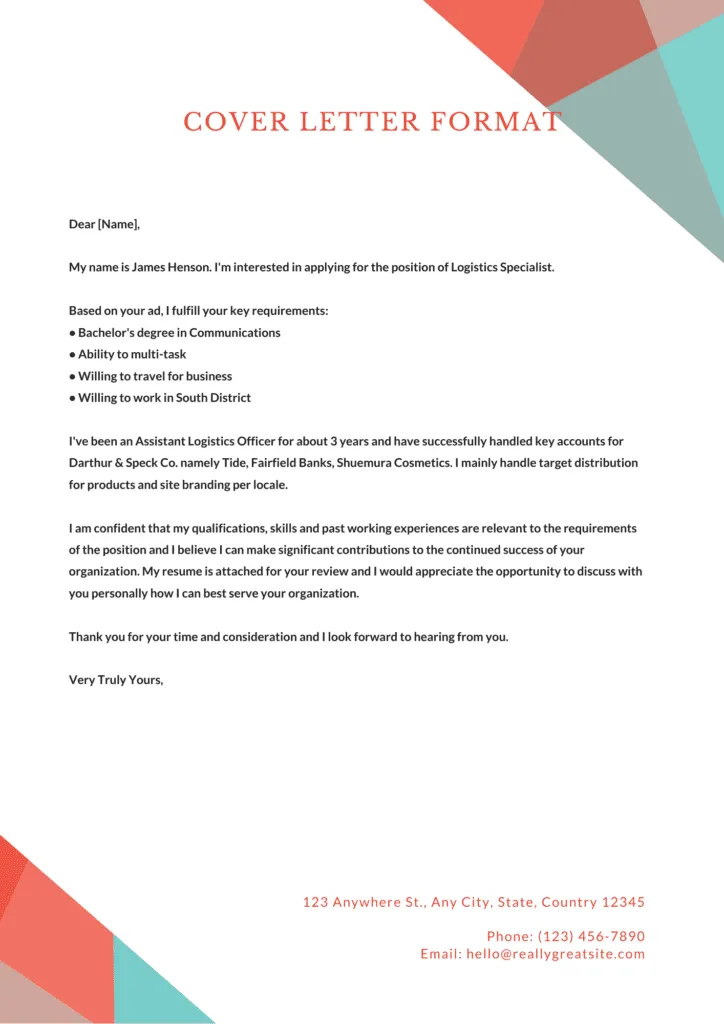
Inconsistent formatting makes your application materials look unprofessional and disorganized. If you use underscores to separate words in the cover letter name, use the same formatting in your resume name, and other application-related documents. If you include a date, consistently use the same date format. Avoid mixing different styles, such as using both underscores and spaces, or various date formats. Consistency demonstrates that you pay attention to details and can maintain a professional standard. Review your other documents to make sure the formatting aligns. This consistency reassures the hiring manager that you are well-organized and capable of handling responsibilities effectively.
Examples of Good Cover Letter Names
Here are a few examples of well-crafted cover letter names that adhere to the principles discussed. These examples provide practical models to help you create a cover letter name that presents you in the best possible light.
Example 1: John Smith_Software Engineer
This example is straightforward and informative. It clearly identifies the applicant (John Smith) and the job title (Software Engineer), making it easy for the hiring manager to identify the document and the role the applicant is pursuing. It’s concise and offers relevant information without being overly complicated. This type of name works well with ATS systems and is easy for humans to process.
Example 2: Jane Doe_Cover Letter_2024
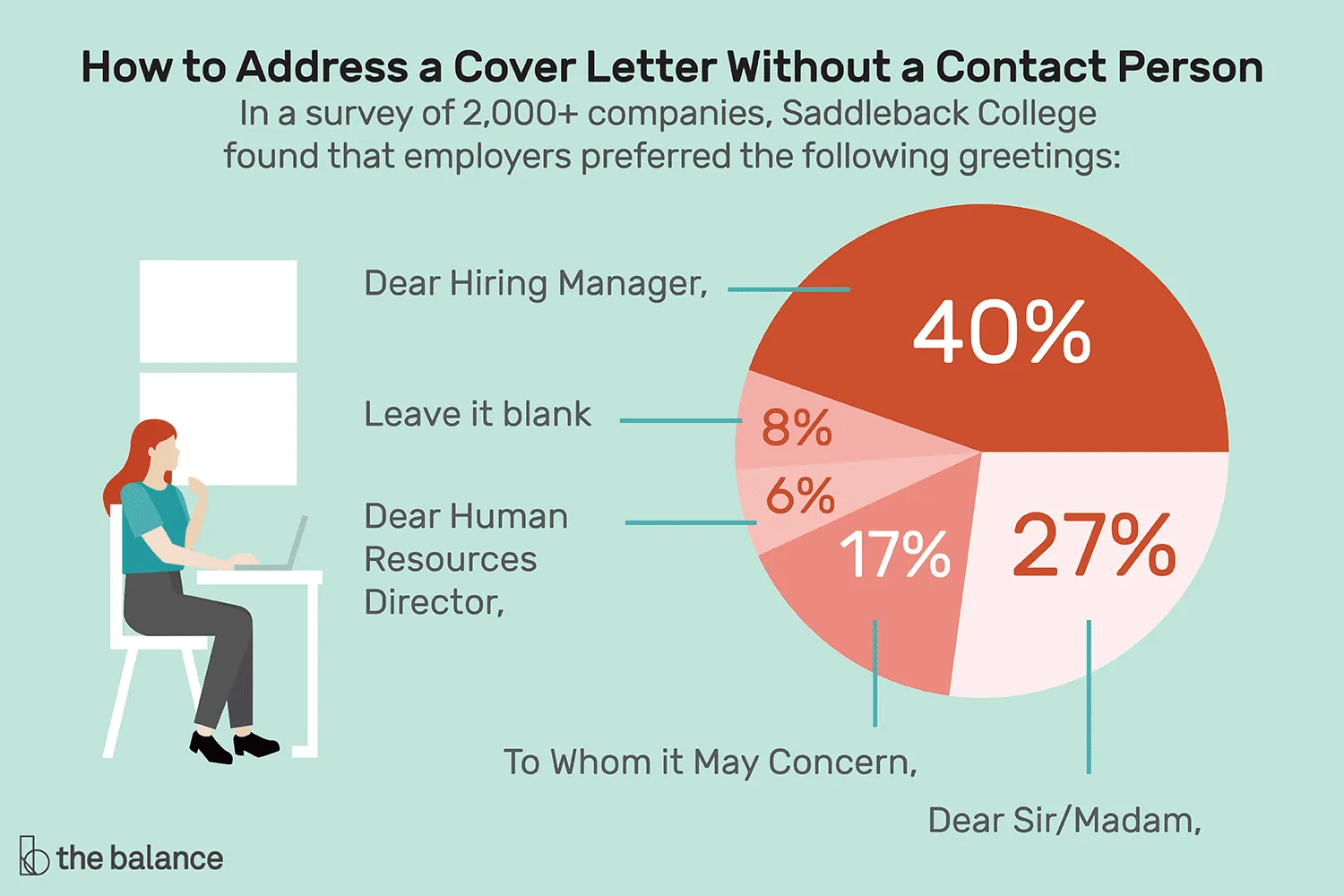
This is a good example if the applicant is applying for multiple positions or submitting an updated cover letter. The name includes the applicant’s name, clearly identifies the document as a cover letter, and provides a date to indicate when the application was submitted or updated. The date is helpful for keeping track of different versions of the document. This format is also ATS-friendly and helps in the organization of applications.
Example 3: David Lee_Project Manager Application
This example is another effective choice that includes the applicant’s name and clearly indicates that the document is an application for a project management position. It is simple and direct, making the document easily identifiable. The naming convention could include the company’s name as well, such as ‘David Lee_Project Manager_Acme Corp’. The clarity of this name helps the recruiter to process and file the application accurately, especially when dealing with a large number of applicants.
Final Thoughts and Best Practices
Creating the perfect cover letter name requires careful attention to detail and an understanding of best practices. When naming your cover letter, consider the key factors discussed, such as the importance of first impressions, the role of ATS systems, and the necessity of clarity and professionalism. Your goal is to make it easy for the hiring manager to understand what the document is, who it is from, and the position you are applying for. By implementing these best practices, you can significantly improve your chances of making a positive first impression and landing your dream job.
Always Proofread
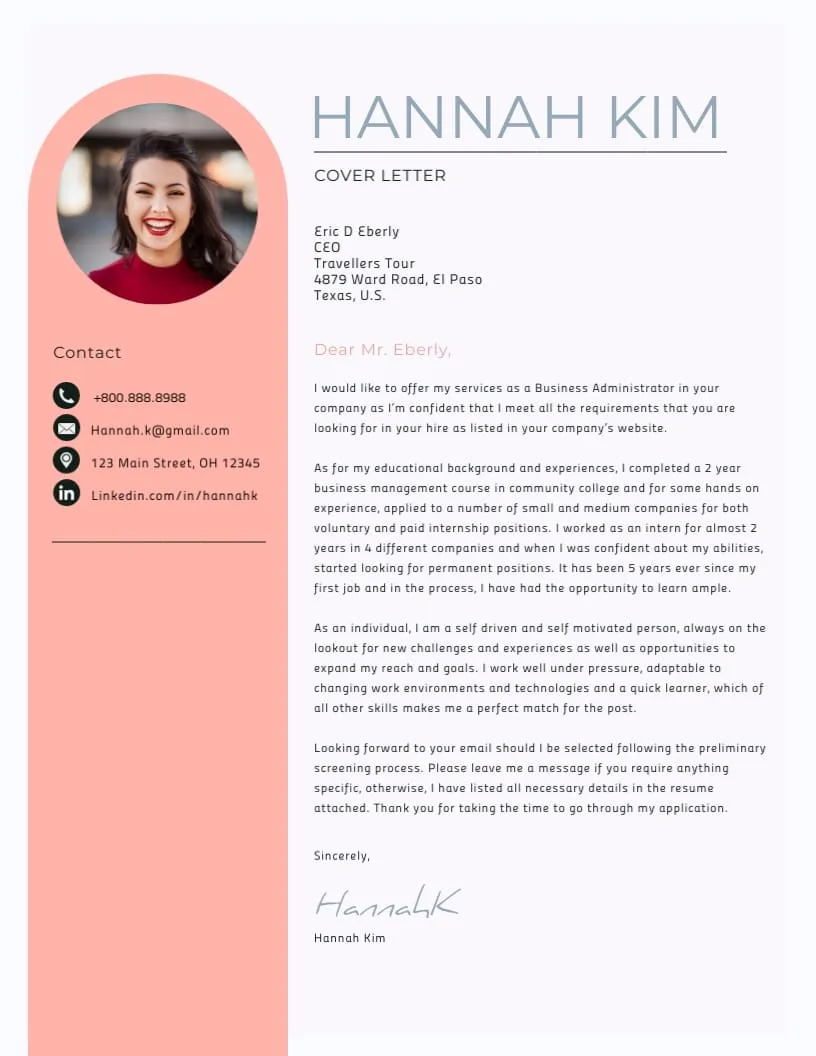
Always proofread your cover letter name before submitting your application. Typos or errors can create a negative impression and suggest a lack of attention to detail. Ensure your name, job title, and any other included information are accurate and consistent. A simple mistake could potentially make it seem like you’re not detail-oriented or organized. Take the time to double-check every character in your cover letter name. Proofreading is a non-negotiable step in ensuring that your application materials make a positive impression.
Be Consistent
Consistency is essential throughout your application materials. Use the same naming conventions across all your documents, including your resume and any other supplementary items, to show professionalism. If you use underscores to separate words in your cover letter name, apply the same format to your resume and other related documents. Consistency creates a cohesive and organized presentation, signaling to the employer that you pay attention to detail and take your job search seriously. It streamlines the process for the hiring manager and reflects well on your organization and skills.
Customize for Each Application
Tailor your cover letter name to each specific job application. Avoid using a generic name for all your applications. Incorporate the exact job title as listed in the job posting and adapt the name based on the specific requirements. Customization indicates that you’re serious about the position and have paid close attention to the details of the job description. Personalizing your cover letter name enhances your application’s relevance and increases your chances of being noticed. This attention to detail is a strong indicator of your genuine interest in the role and in the company.
